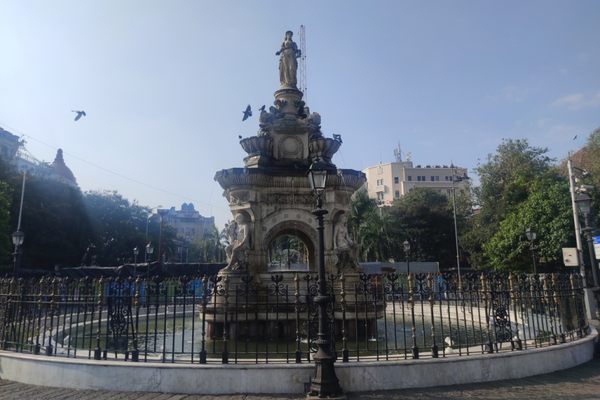About
The neighborhood of Halls Hill emerged from the plantation owned by Basil Hall, a slaveowner whose family was infamously cruel. To wit, Hall became a widower when his first wife, Elizabeth, was so abusive to an enslaved woman named Jenny Farr that she cast Elizabeth into a hearth, killing her. Ms. Farr was later sentenced to death for the murder.
Hall purchased 327 acres of land in 1850, but was forced to flee his home in 1861 due to Civil War activity that spilled over onto his land. In the years following the war, property values dropped dramatically and in 1881, Hall began selling plots of his land to his neighbors, including many formerly enslaved people. The developing community was named Halls Hill.
In the 1930s, a "segregation wall" made out of wood, brick, and cement was built to keep the Black citizens out of a new subdivision called Woodlawn. There was only one through street (N. Edison St.) in Halls Hill after the wall was built.
Undaunted by exclusionary Jim Crow laws, the adjoining neighborhoods of Halls Hill and adjoining High View Park grew into a tight-knit, self self-sufficient community with restaurants, businesses, and services—schools, barbers, doctors, lawyers, dentists, and volunteer fire and emergency services. Fire services in nearby communities wouldn't come to Halls Hill to put out fires, so they had to create their own. It wasn't until 1951 that fire station 8 received its first paid firefighter, nearly a decade after other local firehouses.
It wasn't until 1966 that Arlington County removed larger sections of the wall. In 2019, flash floods destroyed parts of the wall, but there are sections still standing. The wall will not be rebuilt as nature takes its course, but a historical marker was placed near the intersection of North Culpeper Street and 17th Street North in Arlington to explain the history of the wall.
Related Tags
Know Before You Go
Community Contributors
Added By
Published
September 7, 2021

























